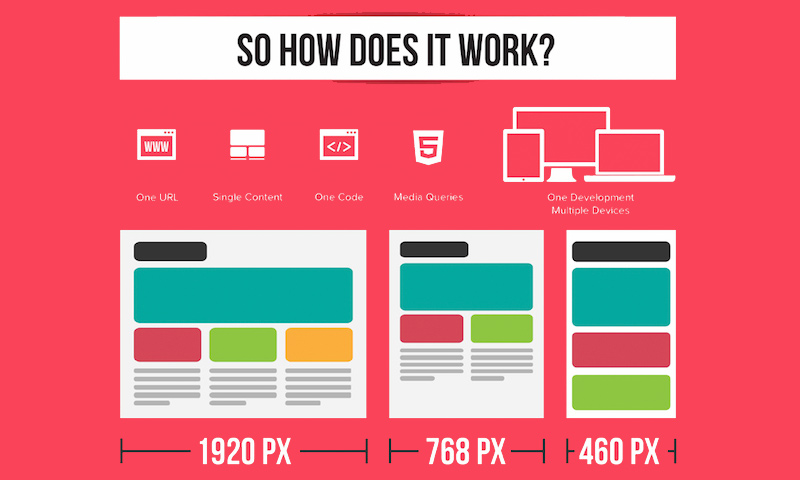Intrigued In Learning How Internet Site Style Has Altered Over The Years? Discover The Journey
Intrigued In Learning How Internet Site Style Has Altered Over The Years? Discover The Journey
Blog Article
Staff Writer-Bradshaw Hejlesen
In the past, sites were straightforward and focused on details. Navigating was straight, and layout was for desktop computers. Now, user experience is essential. Data overviews layouts for very easy navigating. Responsive layouts match various tools. Today, dark mode decreases pressure, and minimalist menus improve navigation. Interactive attributes involve users, and bold visuals stick out. just click the up coming website improves engagement. See just how layout has progressed to boost your on-line trip.
Very Early Days of Web Design
In the very early days of web design, simpleness reigned supreme. Web sites were basic, with minimal shades, fonts, and designs. The emphasis was on supplying details instead of showy visuals. Customers accessed the web with sluggish dial-up connections, so rate and functionality were crucial.
Navigation food selections were straightforward, generally situated on top or side of the web page. Sites were developed for desktop computers, as mobile surfing wasn't yet prevalent. Web content was king, and developers focused on easy readability over complex design aspects.
HTML was the key coding language used, and designers needed to function within its restrictions. Computer animations and interactive features were marginal contrasted to today's criteria. Sites were static, with little dynamic content or personalized user experiences.
Increase of User-Focused Layout
With the advancement of web site layout, a shift in the direction of user-focused layout principles has become progressively popular. Today, creating sites that focus on customer experience is vital for involving visitors and achieving company objectives. User-focused design entails comprehending the needs, choices, and actions of your target market to tailor the web site's layout, material, and features accordingly.
Designers now conduct detailed research, such as individual surveys and functionality screening, to collect understandings and responses straight from individuals. This data-driven technique assists in producing intuitive navigating, clear calls-to-action, and aesthetically attractive interfaces that reverberate with site visitors. By placing the individual at the center of the design process, internet sites can provide a more tailored and pleasurable experience.
Receptive layout has actually likewise become a vital element of user-focused layout, making certain that websites are enhanced for numerous tools and screen sizes. This adaptability boosts availability and usability, satisfying the varied means customers engage with websites today. Basically, the increase of user-focused layout represents a change in the direction of creating digital experiences that prioritize the needs and expectations of the end customer.
Modern Trends in Website Design
Explore the most up to date trends forming web design today. One noticeable pattern is dark setting design, offering a streamlined and modern-day appearance while minimizing eye stress in low-light environments. An additional key trend is minimalist navigation, streamlining food selections and boosting customer experience by concentrating on essential elements. Integrating micro-interactions, such as computer animated buttons or scrolling effects, can produce a much more appealing and interactive website. Receptive style stays important, making sure seamless individual experiences across various gadgets. Additionally, utilizing bold typography and unbalanced formats can include aesthetic passion and accentuate certain content.
Incorporating AI modern technology, like chatbots for consumer assistance or personalized referrals, enhances user engagement and improves procedures. Access has additionally come to be a substantial fad, with designers prioritizing comprehensive layout techniques to accommodate varied customer demands. Accepting sustainability by optimizing site efficiency for rate and effectiveness is one more emerging trend in website design. Teaming up with customer responses and data analytics to repeat and boost layout continually is essential for staying pertinent in the ever-evolving digital landscape. By accepting these contemporary trends, you can develop an aesthetically appealing, straightforward internet site that reverberates with your audience.
Final thought
As you assess the development of website design from the early days to now, you can see exactly how user-focused style has ended up being the driving force behind modern fads.
Embrace the trip of adjustment and adaptation in web design, constantly maintaining the user experience at the leading edge.
Keep current with the latest trends and technologies, and never ever quit evolving your approach to create visually spectacular and straightforward web sites.
Evolve, adjust, and produce - the future of web design is in your hands.
